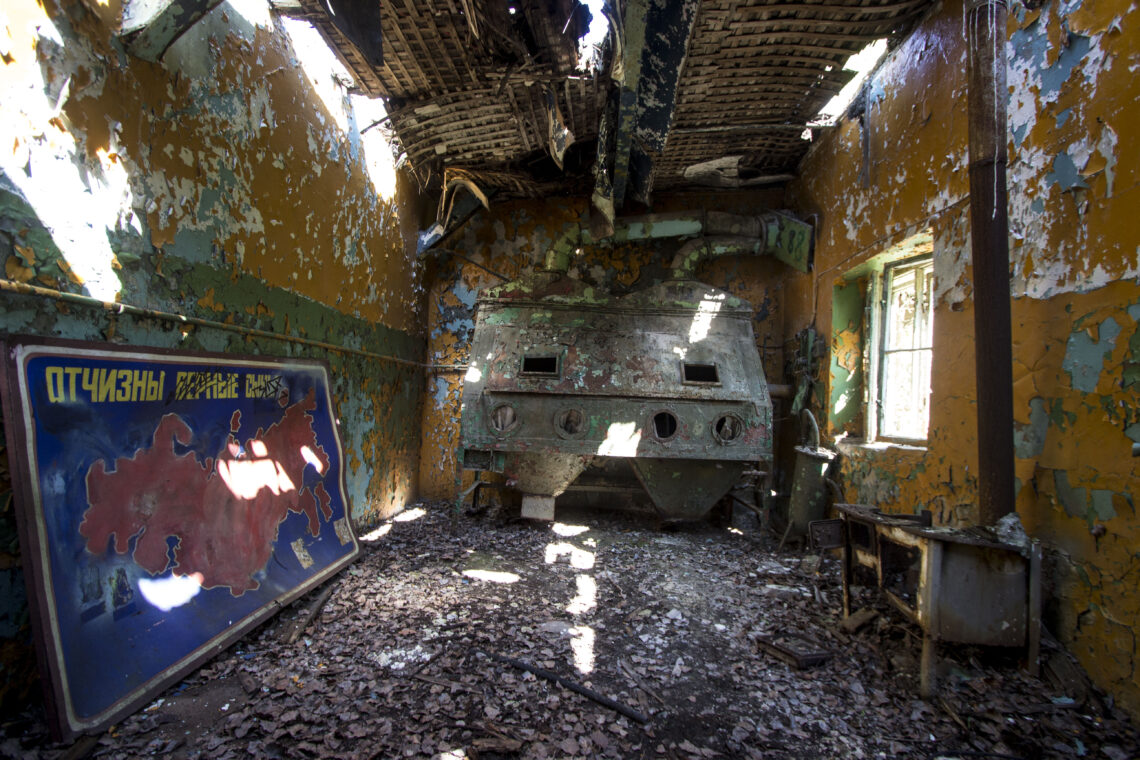
Rangsdorf Airport – from Operation Valkyrie to Operation Urbex
Rangsdorf Airport, opened on 30th July 1936, just before the Summer Olympics in Berlin, was initially intended to serve passengers arriving for the Olympics. It was a small airport with a grass runway, primarily meant for sport and recreational flights. However, its history quickly took unexpected turns.


Wartime Fate of Rangsdorf Airport
After the outbreak of World War II, from October 1939 to March 1940, Rangsdorf became Berlin’s main airport. Authorities feared that Tempelhof Airport would be a major target for bombing raids. Ultimately, Tempelhof resumed its function, and Rangsdorf was converted into a military facility used by the Luftwaffe. From 1939 to 1945, the Bücker Flugzeugbau plant operated here, producing aircraft parts.


In 1940, the airport was expanded. A new hangar, Einfliegerhalle, was built because the original 1935 hangar burned down in a tragic accident. A trainee pilot crashed into the hangar filled with other aircraft, causing the fuel tanks to explode. Another factory hall, Sonderbauhalle, was constructed in early 1940 and was reportedly used for building and testing secret designs.


Operation Valkyrie
Rangsdorf Airport also played a significant role in one of the most important attempts to assassinate Adolf Hitler. On July 20, 1944, around 7 a.m., Claus von Stauffenberg and Werner von Haeften departed from here to Rastenburg for a meeting at the Wolf’s Lair with the intention of assassinating Hitler. After placing the bomb, Stauffenberg left the meeting, returning to Rangsdorf at 3:45 p.m. Believing the assassination had succeeded, he ordered the start of Operation Valkyrie. Unfortunately, Hitler survived, and Stauffenberg and von Haeften were shot soon after returning.


Post-War History and Decline
Just before the end of the war, the Bücker plant ceased production. Aircraft parts and machinery were taken over by the Red Army and transported, along with dismantled buildings, to the Soviet Union. During the Cold War, the site housed repair facilities for piston and later jet engines.


In 1985, a communication bunker was built on the airport grounds, remnants of which, including old equipment and newspapers, can still be seen today. After the Russians left on July 21, 1994, the airport was left with remains of aircraft, rockets, and military equipment.


Urbex and New Plans
Since 1994, Rangsdorf Airport has been abandoned, with the buildings gradually falling into ruin. Nature has steadily taken over the old hangars, which now resemble an interesting botanical garden. Despite being listed as a historical monument, the site is neglected and deteriorating. Since 2018, the airport has had a new owner who plans to transform the area into a residential complex.


Rangsdorf Airport, with its rich and turbulent history, is an extraordinary place that has witnessed many changes and events. Its future seems to depend on new urban development plans, which I hope will preserve this historic site.






